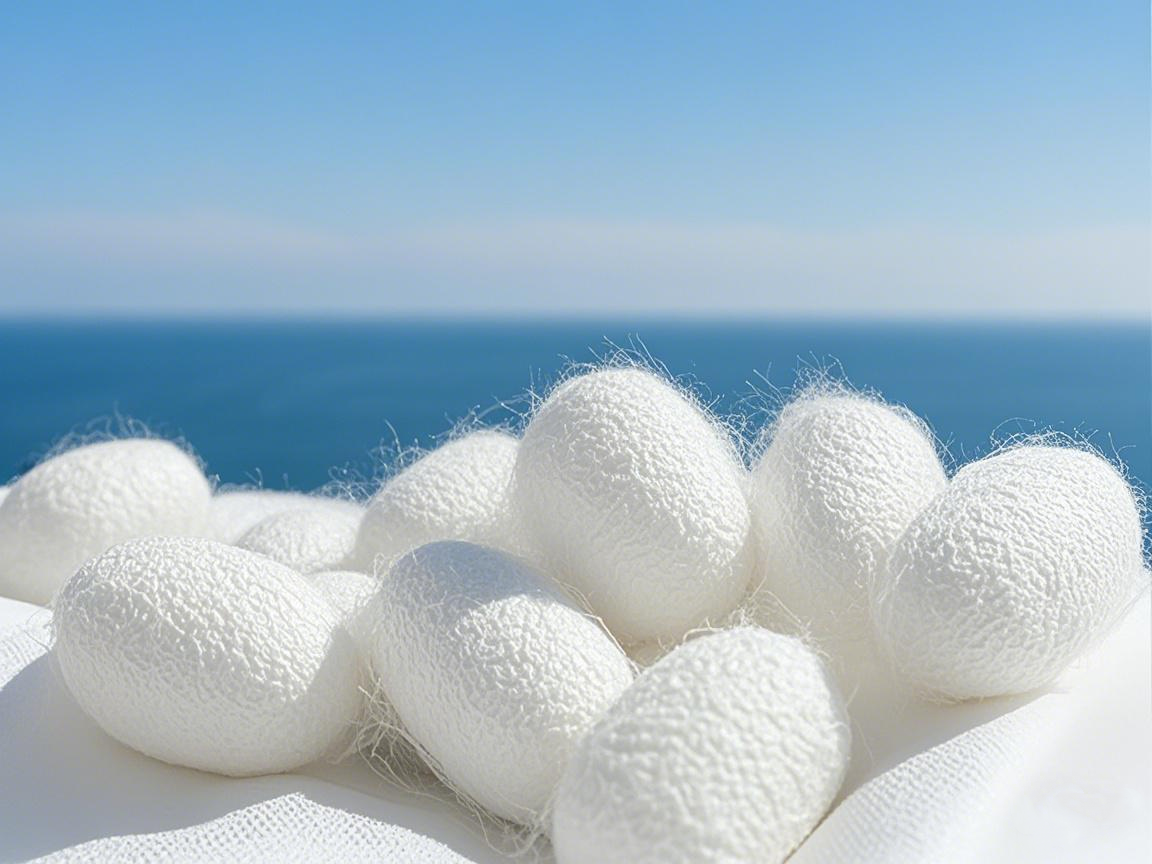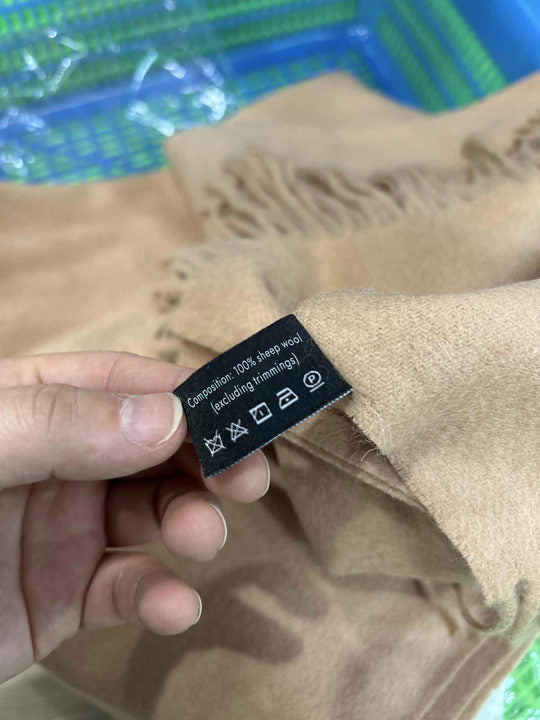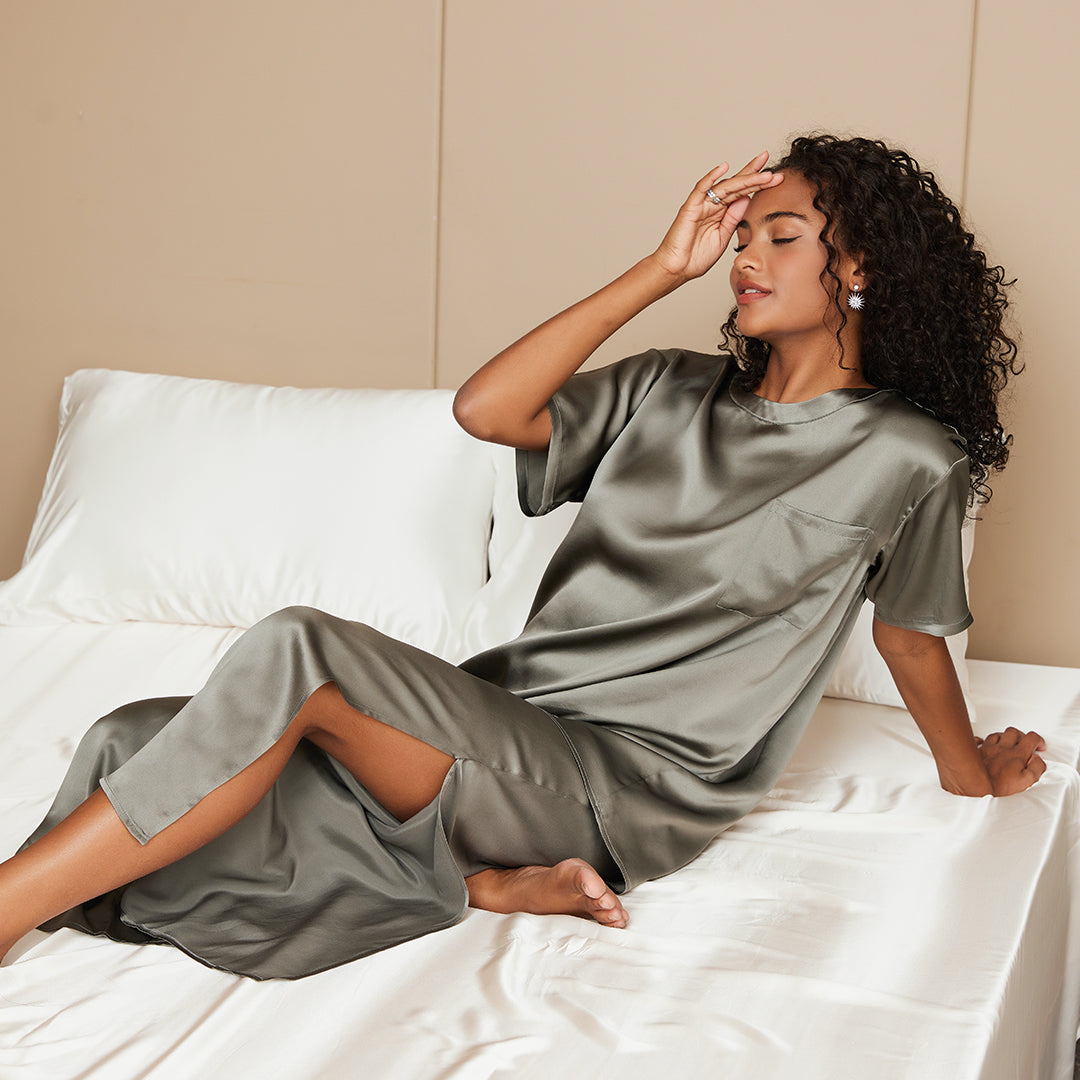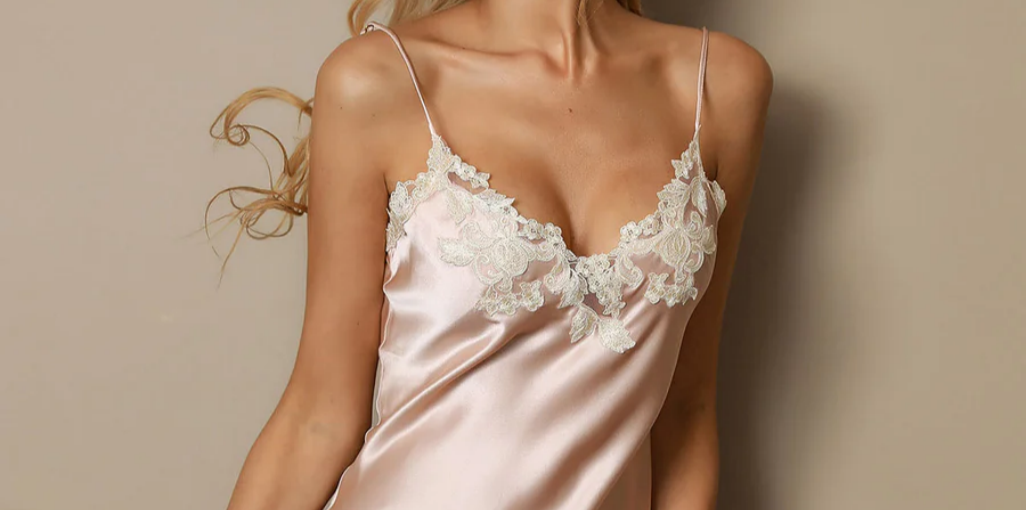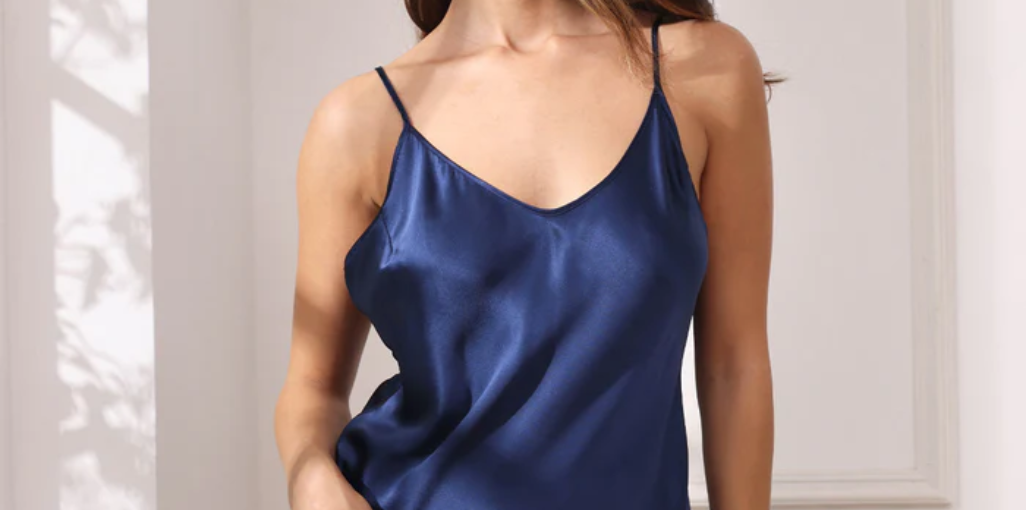Unveiling the Truth: Silk vs. Washable Silk 一 What's the Real Difference?

Silk has long been admired for its luxurious feel and elegant sheen, making it a popular choice in both fashion and home décor. It’s a symbol of refined living for many.
However, in today’s fast-paced world, balancing the opulence of silk with the convenience of easy care has become a growing concern. Enter washable silk, offering easier maintenance. But can washable silk truly replace classic silk?
We’re exploring the differences between traditional silk and washable silk to help you find the perfect fit for your lifestyle.
What is Washable Silk?
Technology and Development
Washable silk is treated with a special process to enhance its durability, allowing it to be machine-washed while slightly reducing fading or distortion. These treatments often include advanced dyeing techniques that preserve the fabric's vibrancy.
How It Works
Washable silk’s “washability” is typically achieved through chemical treatments that improve its strength and washing ability while still maintaining many of the natural characteristics of silk. Common methods include:

-
🔬Crosslinking
This process uses chemical agents (such as formaldehyde or acetic acid) to enhance fiber stability, reduce moisture absorption, and improve resistance to wrinkling and color fading. -
🌊Silicone Treatment
Applying silicone resins or silanes to silk makes it more resistant to water, softens the texture, and increases durability, minimizing fiber damage during washing. -
🛡️Surface Coating
A polymer coating, such as polyurethane or PTFE, is applied to silk, providing water-resistant properties and further protecting the fabric from wear and tear. -
🧵Natural or Synthetic Fiber Blends
Some washable silks are blended with other fibers like nylon or polyester to increase their strength and washability, making them more suitable for frequent wear and washing.
✅Advantages
-
Easy Maintenance: Machine washable, making it much more convenient for daily care.
-
Increased Durability: More resistant to wear and tear, ideal for frequent use and washing.
🔍Disadvantages
- Dye Contains Chemicals: To enhance its durability, the dyes used in washable silk contain chemical components that can affect the natural properties of the silk fabric.
-
Slightly Different Feel and Shine: Washable silk may have a slightly lower sheen and different feel compared to traditional silk, as it is specially treated to enhance durability and washing ability.
-
Still Prone to Wrinkles and Fading: Although it can be machine washed, it may still wrinkle, but to a lesser extent. After multiple washes, the fabric may fade slightly.
Can Washable Silk Truly Escape Wrinkles and Fading?
While washable silk offers the convenience of machine-washing and increased durability, it's important to understand that it is not completely immune to the typical challenges that come with fabric care.
Although washable silk offers greater durability, it still develops wrinkles over time — though to a lesser extent than traditional silk. After multiple washes, the fabric continues to fade. Wash test data shows that after up to 30 washes, noticeable fading occurs in washable silk.
These limitations highlight that while washable silk is a practical solution for everyday use, it does not fully replicate the flawless, luxurious appearance of traditional silk. If you’re seeking silk that maintains its pristine quality with minimal care, traditional silk remains the ideal choice.
What is Traditional Silk?
Origins and History
Traditional silk is made from the natural fibers of silkworm cocoons, known for its luxurious feel and timeless beauty. With a rich history spanning thousands of years, it’s a fabric deeply rooted in cultural heritage and craftsmanship.

✅Advantages
-
Ultimate Luxury Feel: Known for its unique sheen and smooth texture, silk adds a sense of nobility to any garment or fabric.
-
Comfortable Temperature Regulation: Naturally breathable, silk keeps you warm in winter and cool in summer, enhancing your sleep quality.
-
Skin-Friendly: Silk is a 100% natural protein-based fiber that is gentle on the skin, reducing friction and irritation, making it ideal for sensitive skin.
🔍Disadvantages
-
High Maintenance: Typically requires handwashing or dry cleaning, making it more time-consuming to care for.
-
Delicate Fabric: Silk is more fragile and prone to damage, requiring extra care during cleaning and wear.
Comparing Traditional Silk vs. Washable Silk
| Feature | Traditional Silk | Washable Silk |
|---|---|---|
| Composition | 100% natural protein fiber | Silk blended with chemicals for durability |
| Texture & Shine | Soft, high gloss | Slightly less glossy, different feel |
| Durability | More delicate, but with proper care, it can last a long time. | More durable, but still requires careful maintenance. |
| Care Requirements | Usually hand wash or dry clean | Machine washable, but still wrinkles and fades after multiple washes |
| Price & Value | Appropriate price, reflects the natural quality and luxury | More expensive than traditional silk due to costly dyes |
Why We Haven’t Introduced Washable Silk Yet
At SilkSilky, we remain dedicated to offering products that stay true to the natural beauty of silk. We understand that while washable silk provides convenience, the chemical treatments required to make it machine-washable can impact its natural characteristics, such as its luxurious texture, sheen, and 100% pure natural composition without any chemical additives.
We prefer to maintain the authenticity of silk and uphold our high-quality standards, ensuring that each product reflects our commitment to delivering the finest silk experience.
How to Choose the Right Silk for You
Whether you choose traditional silk or washable silk, both offer the inherent beauty and skincare benefits of natural silk.
Traditional silk represents ultimate luxury and timelessness, while washable silk brings more practicality and ease to modern living.
By understanding your lifestyle and preferences, you can choose the silk that best complements your needs, ensuring you enjoy both comfort and elegance every day.
![[Pink] SilkSilky-AU Pure Silk Sleep Cap 001,](http://au.silksilky.com/cdn/shop/files/SilkSilky-AU_Pure_Silk_Sleep_Cap_Pink_001_C-250529006.jpg?v=1762222075&width=1200)
![[Pink] SilkSilky-AU Pure Silk Sleep Cap 002,](http://au.silksilky.com/cdn/shop/files/SilkSilky-AU_Pure_Silk_Sleep_Cap_Pink_002_C-250529006.jpg?v=1762222075&width=1200)
![[Light Blue] SilkSilky-AU Pure Silk Round Neck Camisole Set 001,](http://au.silksilky.com/cdn/shop/files/5e1ae4465dd028df60baace786d42632.jpg?v=1761813855&width=1200)
![[Light Blue] SilkSilky-AU Pure Silk Round Neck Camisole Set 002,](http://au.silksilky.com/cdn/shop/files/47584f0811efc799212e0bdae1fdd2f1.jpg?v=1761813856&width=1200)
![[Black] SilkSilky-AU Pure Silk Sleep Cap 001,](http://au.silksilky.com/cdn/shop/files/Black_SilkSilky-AU_Pure_Silk_Sleep_Cap_001_C-210718002.jpg?v=1762223663&width=1200)
![[Black] SilkSilky-AU Pure Silk Sleep Cap 002,](http://au.silksilky.com/cdn/shop/files/Black_SilkSilky-AU_Pure_Silk_Sleep_Cap_002_C-210718002.jpg?v=1762223663&width=1200)
![[White] SilkSilky-AU Pure Silk V Neck Nightgown 001,](http://au.silksilky.com/cdn/shop/files/a8ae95260a57844b1e2e00c4fcfabdcc.jpg?v=1764140126&width=1200)
![[White] SilkSilky-AU Pure Silk V Neck Nightgown 002,](http://au.silksilky.com/cdn/shop/files/24ac506750f8c38c51bb5b6d0ee15287.jpg?v=1764140129&width=1200)
![[White] SilkSilky-AU 25Momme Pure Silk Bedding Set 001,](http://au.silksilky.com/cdn/shop/files/b5138432e51b4f33717db24cef21c78a.jpg?v=1763949610&width=1200)
![[White] SilkSilky-AU 25Momme Pure Silk Bedding Set 002,](http://au.silksilky.com/cdn/shop/files/9683beac833505e3e2631b0bc63803bc.jpg?v=1763949610&width=1200)
